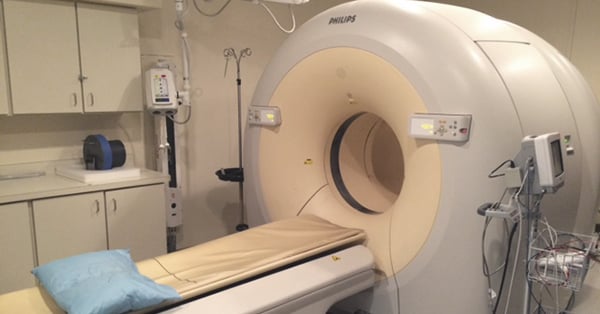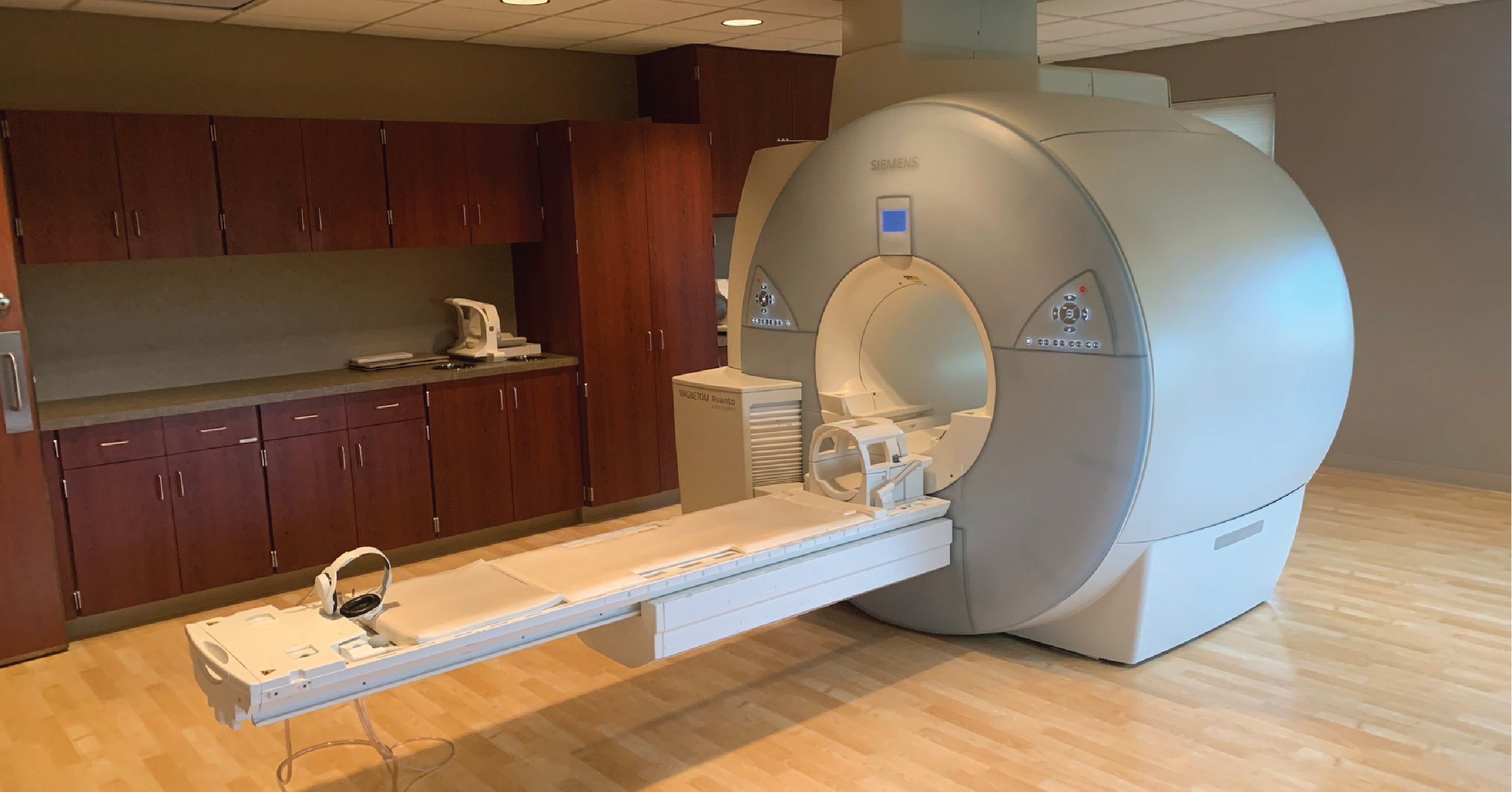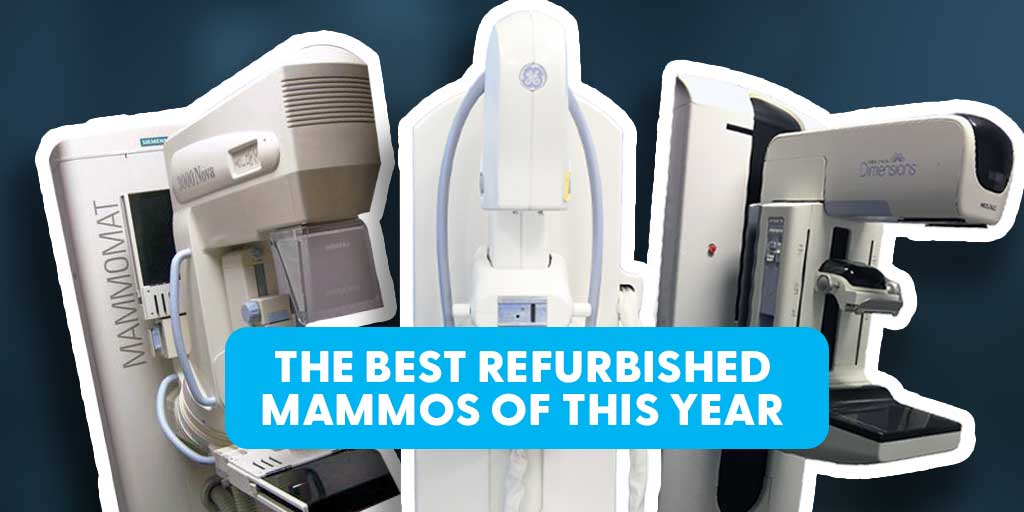
As with all modalities of imaging equipment, PET scanning is gradually moving in the direction of greater and greater diagnostic accuracy. For PET in particular, the biggest step in that direction of the last decade has been the development and proliferation of time-of-flight technology.
For those who may be using PET systems older than ten years, or newer systems without the time-of-flight option enabled, there are benefits to time-of-flight you'll want to explore as the time to upgrade your equipment draws nearer.
For those who may be only just entering the PET arena, there are several reasons why a time-of-flight-equipped system should be at the top of your list of considerations. Wherever you may fall on the PET user spectrum, we'll share below more details about what time-of-flight features do and what they mean for PET users and patients alike.
- What is Time-of-Flight?
- How it Works
- Why Would You Want Time-of-Flight?
- Which PET/CT Equipment has Time-of-Flight?
- Final Takeaway
Note: Block Imaging is dedicated to provide new and refurbished PET/CT machines and parts in order to solve all the pain points listed above. You can read about it in detail below or reach out to our sales team to learn more about how it can help improve diagnostic imaging.
What is Time-of-Flight?
Time-of-flight is a technique that is used to create better quality images. It essentially measures the time it took for photons to go from the point of annihilation to the detectors, which gives the scanner a higher resolution image, making it more accurate.
How it Works
In conventional PET imaging, a positron annihilation is recognized along a 180-degree line of response, not at the actual location of the event. A PET scanner calculates the location of the positron annihilation by measuring the angles based on a point in a 180-degree angle of incidence.
In other words, by calculating the intersecting 180-degree lines, the computer can tell where the actual origin point of the positron annihilation is.
All the photons released during a PET scan strike the detectors at almost the same time; almost being the key word. They are usually differentiated by measuring the attenuation, or fall-off, of their signal. This attenuation occurs naturally as the positron works its way through body mass. The highest attenuation happens at the thickest parts of the anatomy.
Using a lot of computers and software to analyze the attenuation (or fall-off), radiologists and oncologists can get a very good idea of where the positron annihilation event and, therefore, the targeted mass or anatomical region is.
We said above that "almost" is the key word when describing time of contact between PET detectors and the bombardment of positrons they receive.
Time-of-flight (ToF) technology takes measurement a step further. Using measurements of pico-seconds, ToF measures not only the distance and attenuation of photons but adds to the algorithm the actual time difference between the detection of photons released during coincident events to identify the distance more accurately from the annihilation event to the detector.
Why Would You Want Time-of-Flight?
Simply put, time-of-flight offers higher image quality for more accurate detection of masses and lesions — especially in large patients. A more accurate system gives you better information, and better information makes it easier to declare a more definitive diagnosis and pursue a more specialized treatment plan.
While many PET scanners that don't have ToF can still create quality images that show radiologists what they need to see, systems with ToF offer a diagnostic advantage. However, there are some scenarios where a PET/CT with ToF might not be a good fit.
Which PET/CT Equipment Has Time-of-Flight?
The "big three" manufacturers (GE, Siemens, Philips) all offer ToF now. Philips was first, on their Gemini TF scanners in 2006. Siemens began offering ToF as an option in 2010, and GE followed a couple of years later on their PET/MR.
Because the Siemens and GE offerings are so recent, if you are looking for ToF on the secondary market, you will find mostly Philips TF systems at this time. You can browse average pricing for PET equipment with and without ToF here.
Final Takeaway
Time-of-flight is one of those technologies that can take an entire imaging modality a step forward. Like other technologies before it, there will probably come a day when ToF is a standard feature on PET equipment, but in the interim, if you're wanting to upgrade your capabilities, you'll need to seek the feature out.
If you're ready to start the conversation, our team is ready to help. Use the button below to download our free PET/CT Buyer’s Guide to help you decide on the best PET/CT for your facility.

Josh Nunez
Josh Nunez is the Director of Product Management at Block Imaging. Josh is energized by developing an understanding of each customer's unique imaging needs and overcoming the challenge of helping find them the perfect equipment match. When he is not providing PET/CT solutions he enjoys traveling, soccer, and spending time with his wife and five kids.





